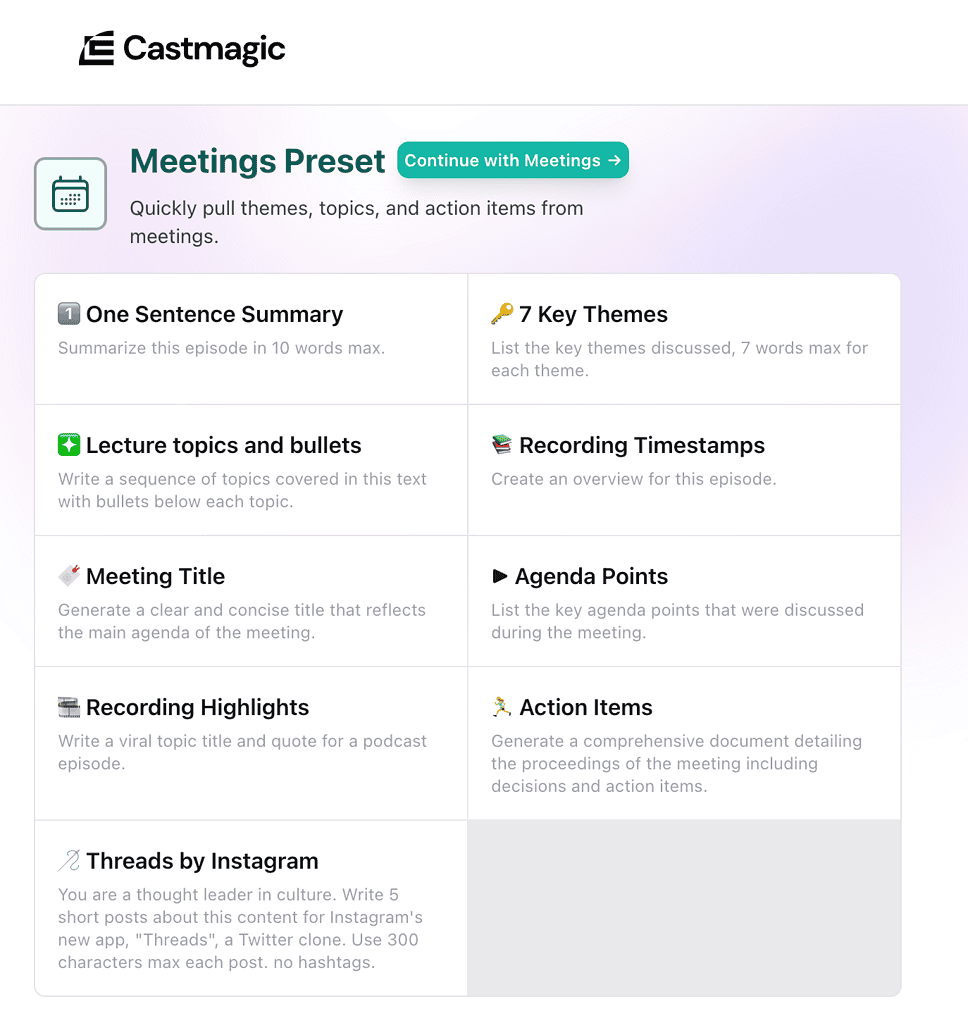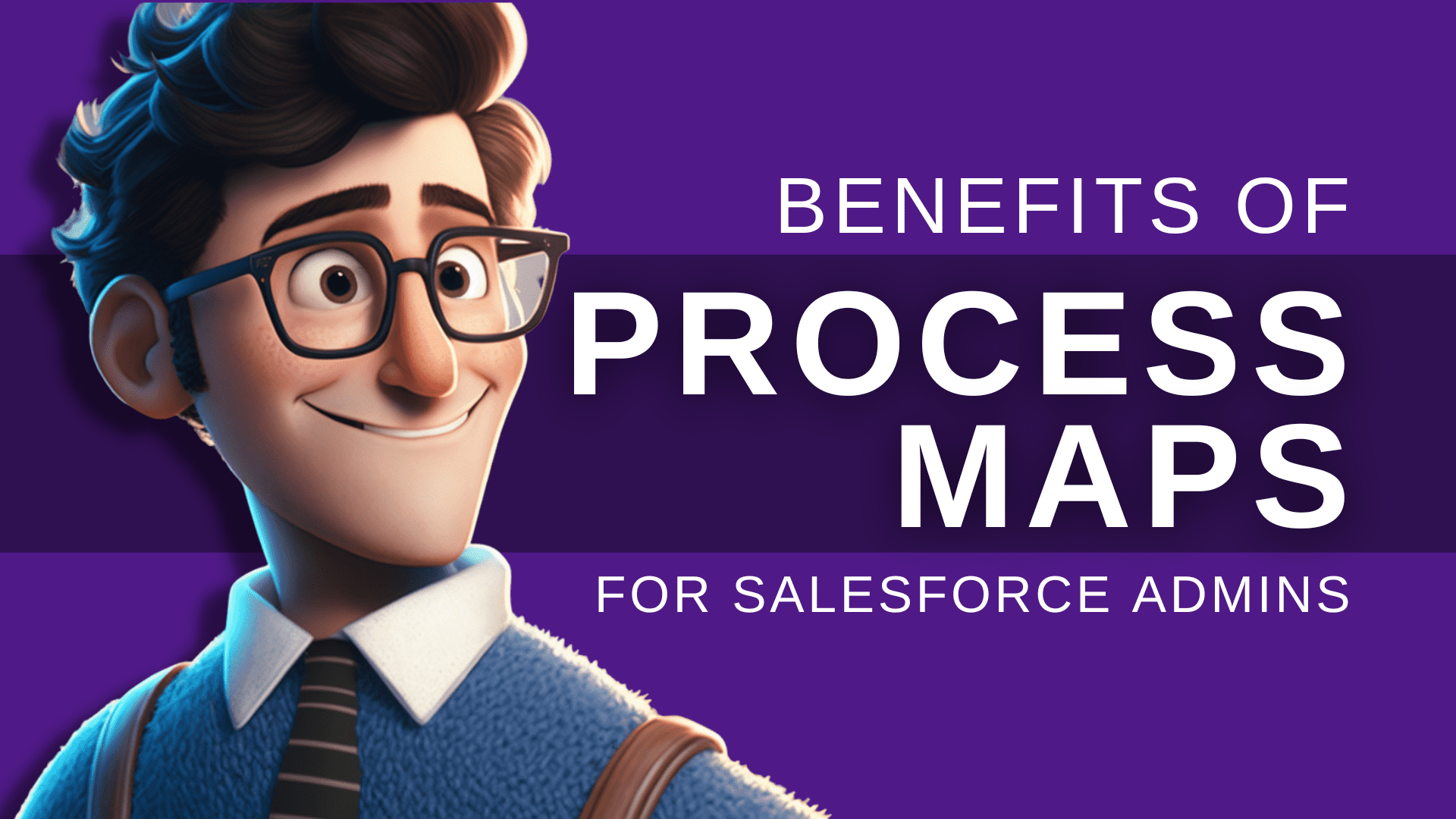Mastering the Role of a Stakeholder Manager: Essential Strategies for Every Project

Are you prepared to master the art of stakeholder management?
Picture yourself as able to impress your project’s stakeholders without breaking a sweat. This isn’t just a pipe dream—it’s about to become your day-to-day experience!
This article is your all-access pass to the fascinating world of stakeholder management. Here, you’ll master the art of captivating key individuals, keeping them engaged, and aligning objectives smoothly with your project’s core purpose.
Understanding the importance of stakeholder management is crucial for project success, as it plays a critical role in developing and maintaining relationships, mitigating risks, aligning business goals, and ensuring compliance with legislation. It significantly impacts project outcomes, necessitating a comprehensive plan for engaging and managing stakeholders effectively.
Whether you’re just starting out or a seasoned project conductor, the insights and methods we’re about to share will transform how you view stakeholder management, which is the process. Get ready to gain straightforward and effective practical wisdom.
You’re about to acquire captivating skills that will make stakeholder management painless and help you excel in your project management career!
Key Takeaways
The role of stakeholder management for project managers is multifaceted. It involves identifying, analyzing, engaging, and resolving stakeholders’ needs and concerns. This requires clear, transparent communication, the development of relationships through practical skills, and the timely resolution of issues.
Effective stakeholder handling begins with prioritizing stakeholders, mapping them, and creating an engagement plan with well-defined objectives. Including stakeholders in the decision-making process and regularly updating strategies to ensure better project outcomes are essential.
Employing technology in stakeholder management, such as collaborative tools and artificial intelligence, can enhance your project’s efficiency and effectiveness. These technological solutions facilitate the organization and accessibility of data, overcome communication challenges, reduce risks, and increase the likelihood of project success.
Secrets of Successful Project Managers: Mastering Stakeholder Engagement

Ask any accomplished project manager, and they’ll stress the importance of managing your stakeholders.
This is a role that entails:
Identification
Analysis
Engagement
Management of stakeholder needs and concerns
Simply put, stakeholders—whether internal or internal and external—are the ones who have a stake in your project, whether they’re directly involved or just impacted by it. So, aligning their needs, interests, motivations, and expectations with the project’s goals is crucial to keeping them engaged.
Stakeholder management doesn’t stop at identifying these key stakeholders.
Keeping an open line of communication with the right stakeholders is vital to keeping everyone informed about any changes or updates.
Let’s dive into three critical aspects of strategic management and stakeholder engagement:
communication skills,
managing stakeholder relationships and
addressing the concerns of key stakeholders.
Communication Skills
Effective communication is vital for seamless project execution. It involves sharing updates and progress reports and actively listening to stakeholders’ needs.
Building trust and addressing emotions is crucial for meaningful project involvement.
Understanding stakeholders’ key motivations also allows us to adapt our communication to keep them informed and incorporate their input, resulting in better project outcomes. Clear and impactful communication is at the heart of strong stakeholder management.
Relationship Building
When it comes to an effective stakeholder management plan, relationships are everything.
Understanding stakeholders’ perspectives and requirements is crucial in building and maintaining solid relationships.
These relationships, built on trust, are fundamental to collaboration and effectively implementing a stakeholder management plan.
Relationship management goes far beyond stakeholder analysis, as it is a process that takes time and effort.
To forge these relationships, create a cohesive strategy where managers should effectively engage stakeholders and:
Act as positive catalysts
Utilize empathy and patience to foster team support and buy-in
Engage in broader community relations activities
Take into account shifting power relationships
A relationship built on trust and understanding can create a solid foundation for project success.
Addressing Concerns
Attentive listening is crucial for effective communication in business. Understanding stakeholders’ viewpoints, engaging with their concerns, and responding empathetically when needed are critical.
Involving stakeholders in collaborative problem-solving discussions can lead to better solutions by tapping into their expertise. Open dialogue and valuing stakeholders’ input can help project teams make thoughtful and inclusive decisions.
Consistent communication keeps stakeholders informed and ensures a smooth flow of information. Building trust through discussions, utilizing stakeholders’ knowledge, and proactively addressing issues is essential.
A good complaint-handling process and robust grievance mechanism are vital to prevent problems from escalating. Transparency and honesty, including sharing successes and setbacks, resolving conflicts constructively, and maintaining credibility, are crucial.
Acknowledging and addressing stakeholders’ concerns promptly is vital to nurturing strong relationships, showing value to stakeholders, and integrating their insights into decision-making.
Essential Strategies for an Effective Stakeholder Management Process

After discussing why engaging stakeholders is crucial, let’s explore some strategies for enhancing stakeholder engagement, including creating a stakeholder management plan as a foundational strategy. Consider setting clear goals, listening to their concerns, and getting them involved in decisions.
A clearly defined stakeholder management plan is essential to aligning business goals and mitigating risks. It ensures the project’s success by meeting legislative requirements and effectively managing stakeholder expectations.
A project coordinator or support team that handles increased and understanding stakeholder concerns and expectations for support and engagement can smooth things out for more significant projects. It ensures their needs are met and keeps the communication flowing.
Next, our attention turns to refining stakeholder mapping values change and identification, enhancing stakeholder mapping, including engagement strategies and plans, using stakeholder mapping values, and optimizing stakeholder mapping strategies. Each phase plays a vital role in stakeholder mapping, including shaping a superior stakeholder approach that paves the way for success.
Identifying and Prioritizing Stakeholders

Identifying stakeholders is a pivotal initial stage in stakeholder analysis. It involves not only recognizing who the stakeholders are but also understanding their roles within the project. However, simply identifying stakeholders is insufficient. Stakeholders should be assessed based on their level of interest, influence on the project, and potential impact on the outcomes.
Tools like stakeholder maps and templates can help solidify your stakeholder management plan. These tools help project managers implement an easy-to-follow stakeholder engagement strategy and typically capture specifics such as stakeholders’ job roles, preferred communication methods, and overall significance in the project workflow.
Once stakeholders are identified for your project, the subsequent task involves crafting a thorough plan delineating a clear stakeholder management strategy. Effectively managing alterations among all involved parties is vital for successful project oversight, and employing stakeholder mapping serves as an excellent method to achieve this goal.
Your plan should include mapping values for your community and stakeholder groups and clearly define everyone’s roles, permissions, and responsibilities, ranging from individual community members to larger stakeholder groups.
Developing a Stakeholder Engagement Strategy Plan

Engaging and managing stakeholders strategically is vital to keeping a project running smoothly. You also want to ensure you’re time-efficient, manage expectations well, and build trust as you go.
So, what’s in this plan?
Well, you’ve got five main components:
Figuring out who your stakeholders are
Understanding them better
Planning and setting priorities
Assigning tasks
Keeping an eye on progress
Using templates can make creating an engagement plan easier. They give you flexible options for a proven framework to identify who’s involved, what they do, and how to keep them in the loop.
This way, everyone’s on the same page, aligning business goals with project stakeholders” expectations for project success and allowing you to enjoy the benefits of a successful stakeholder management strategy.
Monitoring and Adjusting Engagement Strategies
Effective engagement involves a mix of strategies. First, you must monitor your stakeholders’ engagement and adjust your approach accordingly. It’s all about meeting their needs, expectations, and preferences.
Then, you need to monitor how well your engagement is going. By checking in regularly, you can see what’s working and what needs tweaking to ensure your stakeholders’ satisfaction and ongoing level of interest.
Being able to adapt to new situations is vital. To keep your stakeholders on board, stay flexible and responsive to leadership and changes in project needs.
Regular updates and communication with stakeholders are crucial to keeping things running smoothly and everyone happy. It’s all about building trust and showing your stakeholders they’re valued.
Lastly, having a system in place for handling grievances is vital. It allows your stakeholders to raise issues and get them sorted, which is an excellent complaint-handling process that builds trust and keeps your project on track.
Utilizing Technology for Stakeholder Collaboration

We’re diving into the digital renaissance, where excellent AI tools like ChatGPT are shaking up how we manage stakeholders. These technologies help project managers discover hidden stakeholders lurking in the shadows of a project. With AI’s smarts, managers can spot key folks whose insights are vital, even if they’re not connected to the project’s goals.
These AI tools bridge the gap between techies and non-techies on projects. Using natural language skills and machine learning, AI breaks down complex project talk into simple info, keeping all stakeholders in the loop.
Plus, AI platforms can help build solid communication plans that suit everyone in a stakeholder group. By reading interactions and feedback, AI can tailor strategies to work around different personalities, smoothing the way for project success. Whether it’s preventing conflicts, boosting teamwork, or making sure every voice matters, AI is all about finding innovative ways to keep the human touch in project management decisions and help with the stakeholder management process.
Tools for Stakeholder Management

Notion is valuable for tracking stakeholder details, jotting internal notes, managing follow-up items, and selectively sharing content. It is a centralized database recording stakeholder interests, goals, and pain points, enabling tailored communication and strategies. Notion can be your central repository for your stakeholder management plan.
Project managers can create a dynamic stakeholder repository with Notion’s organizational systems, such as databases, kanban boards, and calendar views. This allows the team to access updated insights for informed decision-making and better relationships. Notion’s collaborative features empower stakeholders to view, edit, and comment on project documentation, facilitating seamless communication and feedback.
Notion’s integration capabilities expand its use in stakeholder management. Notion is a central hub for cross-functional work by supporting tools like JIRA and Slack. JIRA integration lets project managers sync tasks for easier tracking in Notion.
Slack integration updates a project channel, keeping teams informed in real-time.
These integrations streamline workflows, enhance transparency, and ensure stakeholders receive timely updates. With various integration options, Notion excels in managing stakeholder info and facilitating communication across channels.
Leveraging AI for Meeting Recordings with Descript and Castmagic

In the digital age, successful project management hinges on adept stakeholder management. Utilizing cutting-edge tools for improved communication and documentation is paramount. Tools like Descript and Castmagic offer project managers valuable support, particularly during stakeholder meetings.
Descript, a robust audio/video editing tool, generates transcripts from meeting recordings. This feature is valuable for capturing meeting details without manual note-taking. After recording, Descript uses speech recognition to create an editable text transcript.
The transcript helps:
Summarize key points, decisions, and action items.
Document risks discussed.
Record business requirements from stakeholders.
Address communication gaps with a reviewable written record.
Document discussed processes for creating guides or maps.
Castmagic brings some cool stuff to the table to manage meeting recordings.
With Castmagic, project managers can:
Leverage pre-built prompt templates to automatically extrapolate meeting notes, action items, key risks, business requirements, process steps, and more from your meeting recordings.
Uncover insights from the spoken content, which can shed light on stakeholder feelings or recurring topics.
Convert audio to text with the transcription tool, similar to Descript, for detailed documentation and review.
Spot communication gaps by analyzing Q&A sessions during the meeting, making sure follow-ups hit the mark.
Leverage the built-in chatbot to ask dynamic questions of the AI, referencing the recordings of your meetings with stakeholders.

Descript and Castmagic make stakeholder management a breeze by offering meeting transcripts for everyone to access and share input. Searching for specific terms helps address stakeholder concerns and review past decisions. With these tools, project managers can boost stakeholder engagement, document meetings thoroughly, save time, ensure accurate records, and communicate clearly with all stakeholders.
ChatGPT to Overcome Stakeholder Challenges

Project managers often face communication challenges, especially with stakeholders who may resist progress.
ChatGPT, an AI language model, offers innovative solutions:
Personalized Communication: Craft tailored messages for stakeholders.
Conflict Resolution: Suggest strategies to negotiate and find common ground.
FAQ Automation: Create a dynamic FAQ system for instant, accurate information.
Translation Services: Overcome language barriers for clear communication.
Meeting Preparation: Generate questions, responses, and key points for meetings.
Sentiment Analysis: Understand stakeholder emotions for better alignment.
Training and Coaching: Provide on-demand coaching on communication.
Documentation and Reporting: Summarize key points from communications.
Integrating ChatGPT helps project managers navigate stakeholder management for enhanced project success.
Collaborative Tools

Tools like Teams chat, Slack, and Notion boost stakeholder support. They offer custom communication channels for project interests. For instance, Teams Chat sets up project-specific channels for discussions, file sharing, and meetings in a secure space. Stakeholders can share real-time feedback and use integrated apps for smoother processes. Slack offers similar features, threaded discussions, and connections to services like Trello or Asana. Subscribing to relevant channels helps stakeholders stay in the loop and engaged.
Notion excels in building a centralized knowledge hub for projects. It enables real-time collaboration on documents and progress tracking.
These tools enhance the benefits of stakeholder management and interaction, which is crucial for project success. Integrating them into stakeholder management strategies can boost engagement and information exchange effectively.
Tips for Aspiring Project Managers

Finally, we’ll provide some pointers for those aspiring to excel in the project and create a successful stakeholder management side. These tips focus on three key areas: building trust, active listening, and flexibility and adaptability.
By mastering these areas, aspiring project managers can enhance their stakeholder management skills and increase their chances of project success.
Building Trust
Trust in the stakeholder management plan and process is vital for cooperation, persuasion, and project engagement. Ensuring the stakeholder manager has confidence when plans go awry is crucial. Building trust involves empathy, transparency, and proactive communication. Setting realistic expectations and fostering feedback is critical. Strong communication channels and an approachable demeanor are essential for the stakeholder management plan and managers to build trust.
Active Listening
Active listening in the stakeholder management process goes beyond hearing words. Tone, body language, and emotions are crucial for grasping the complete message. Responding to appropriate stakeholders with empathy and respect builds constructive dialogue and addresses concerns effectively. Active listening helps project managers understand stakeholders’ needs, and enhancing engagement enhances outcomes.
Flexibility and Adaptability
Flexibility is critical for project stakeholder managers, influencing project success. They must adjust engagement strategies to meet evolving stakeholder needs and project dynamics. Continuous adaptability is vital for managing stakeholders’ relationships effectively and creating a complete stakeholder management strategy and project life cycle. Aspiring project stakeholder managers can maintain relevant strategies by staying flexible and adaptable, aligning with changing project and stakeholder needs.
Summary

Mastering stakeholder management is a vital skill for any project manager. From understanding stakeholder needs and establishing clear communication channels to align business goals using stakeholder mapping, including being flexible and adaptable in response to project dynamics, effective stakeholder and appropriate management strategies can significantly enhance a project’s chance of success.
By employing these strategies and leveraging technological tools, aspiring project managers can build strong stakeholder relationships, ensure critical stakeholders receive key project messages, manage stakeholder expectations, foster effective engagement programs, and drive their projects toward success.
Frequently Asked Questions
What is stakeholder management?
Stakeholder management involves aligning the expectations and needs of individuals interested in your project with its goals and strategic objectives.
Why is communication important in stakeholder management?
Effective stakeholder management hinges on clear communication once you’ve identified project stakeholders. This process keeps stakeholders informed of changes, cultivates trust, and sustains their engagement.
How can I build trust with stakeholders?
Building trust with internal and external stakeholders involves transparency, setting realistic expectations, creating a strategic engagement framework to manage expectations, and encouraging regular feedback. This can help develop a trusting relationship with internal and external stakeholders.
How can technology be useful in stakeholder management?
Technology can benefit your stakeholder management processes by improving efficiency through information organization and facilitating effective interaction and communication with stakeholders. ChatGPT can help you create and implement a stakeholder
management plan, even if you’re new to project management. Utilizing best practices, along with some help from AI and collaborative tools, can significantly enhance these processes.
What are some tips for aspiring project managers in stakeholder management?
The essential tips for aspiring project managers in stakeholder and project management include building trust, practicing active listening, and being flexible and adaptable to suit project stakeholders’ evolving needs and changes in project dynamics. These qualities are essential for effective project management and successful project stakeholder management.






